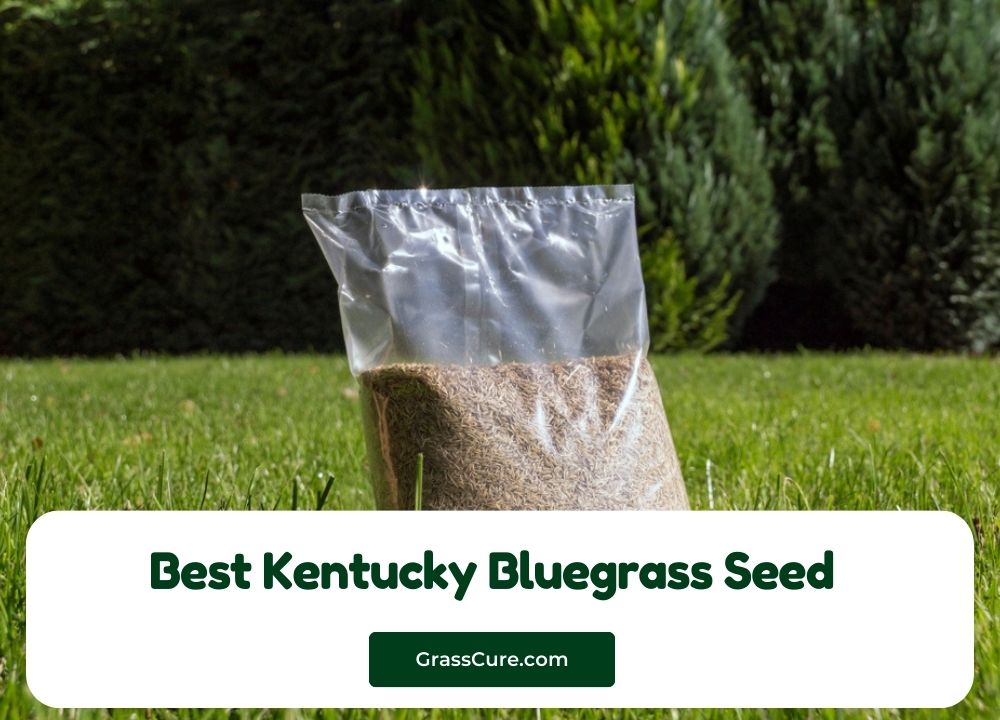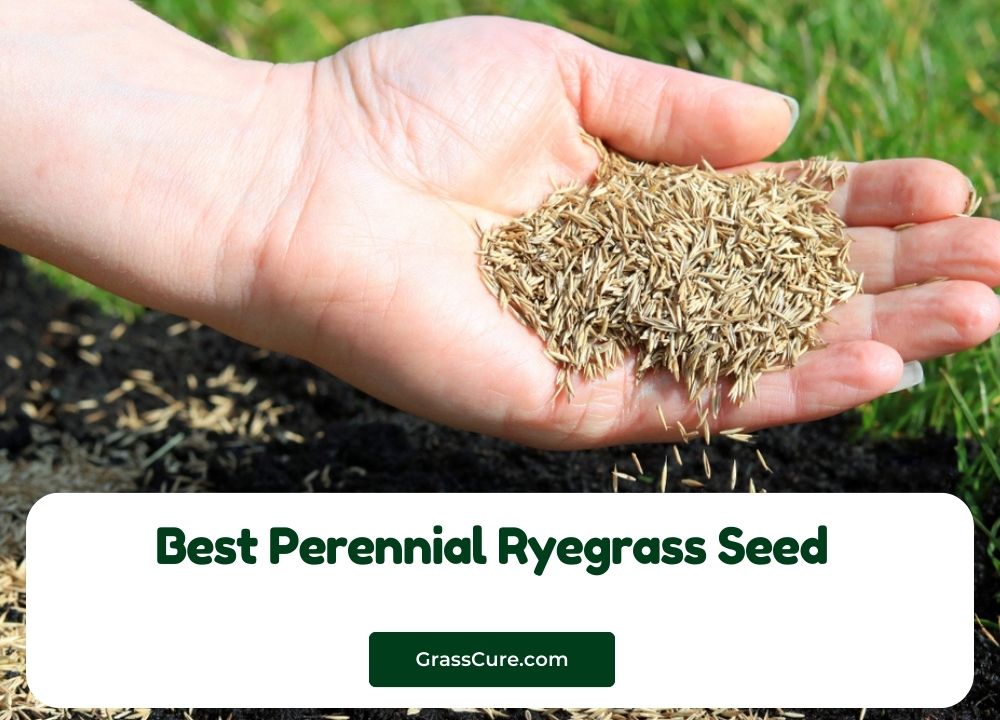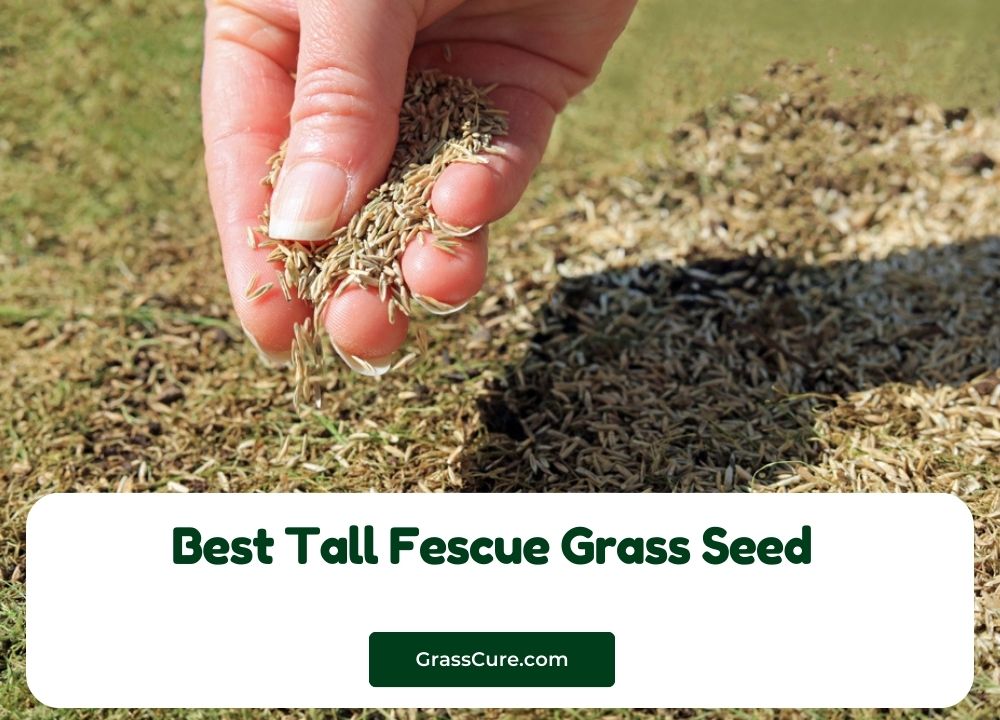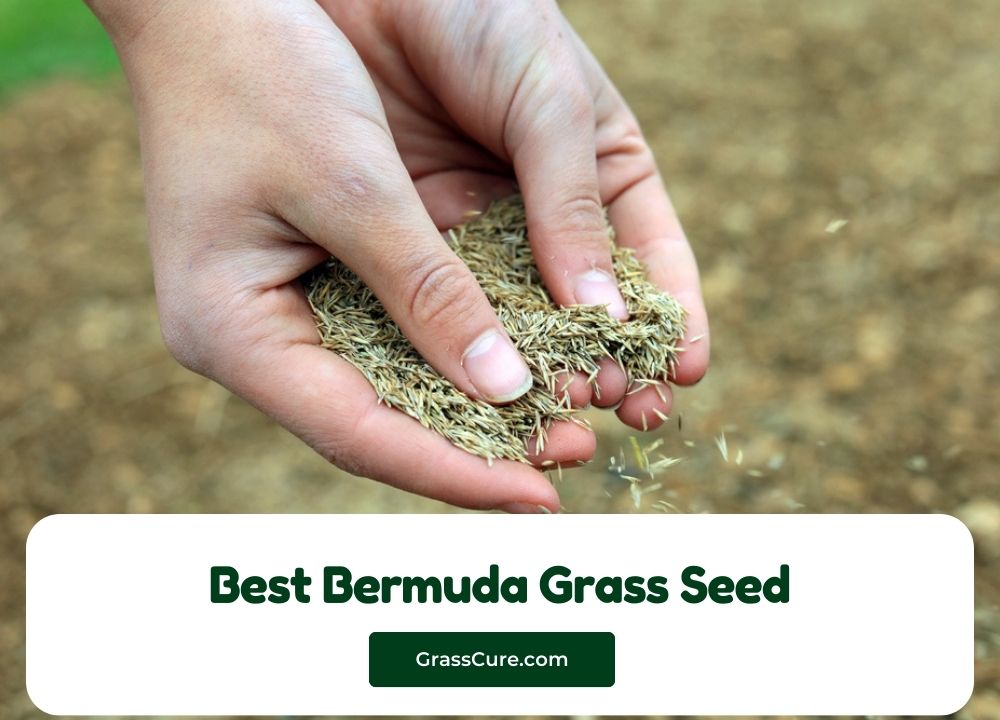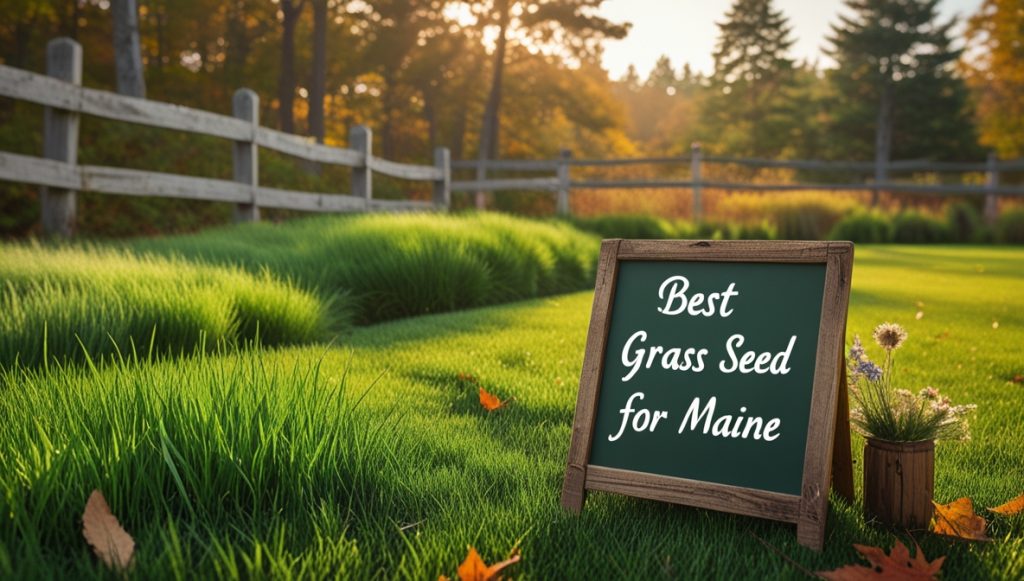Choosing the right grass seed can transform your Central Texas landscape from patchy and brown to lush and green. This guide helps you navigate the options available, considering the unique challenges and opportunities presented by the region’s climate and soil conditions. We’ll explore the best grass seed for Central Texas, ensuring you make an informed decision for a thriving lawn.
Contents
- Understanding Central Texas Climates
- Choosing the Right Grass Type
- Warm-Season Grasses: A Closer Look
- Cool-Season Options for Central Texas
- Evaluating Drought Tolerance & Heat
- Soil Considerations for Optimal Growth
- Maintenance Needs: Watering & Fertilizing
- Pest & Disease Resistance in Seed Choices
- Where to Buy Quality Grass Seed Locally
- Successful Seeding Techniques for Best Results
Understanding Central Texas Climates
Central Texas experiences a diverse climate, characterized by hot, dry summers and mild, sometimes wet, winters. Temperatures fluctuate significantly throughout the year, demanding grass types that can withstand both extreme heat and occasional freezes. Rainfall is often unpredictable, leading to periods of drought that necessitate drought-tolerant grass choices. Understanding these climatic variations is crucial for selecting the right grass seed.
Furthermore, the specific microclimate within your yard can also influence your choice. Areas with full sun will require different grasses compared to those with partial shade. Consider factors such as the amount of sunlight your lawn receives throughout the day, as well as prevailing wind patterns which can affect moisture retention.
Choosing the Right Grass Type
The best grass seed for Central Texas largely depends on your priorities. Do you prioritize low maintenance, drought tolerance, or a vibrant green color? Warm-season grasses generally thrive in the heat and are more common in this region, while cool-season grasses might offer benefits in specific situations. Balancing your needs with the climate characteristics will lead to the most successful outcome.
Ultimately, the selection process involves careful consideration of your personal preferences and the specific conditions of your yard. Factors such as budget, time commitment for maintenance, and aesthetic preferences all play a role in determining the ideal grass type for your Central Texas property.
Warm-Season Grasses: A Closer Look
Warm-season grasses, such as Bermuda, Zoysia, and Buffalo grass, are well-suited to Central Texas’s hot summers. Bermuda grass, known for its rapid growth and resilience, is a popular choice for high-traffic areas. Zoysia grass offers a finer texture and excellent wear tolerance, making it ideal for lawns where aesthetics are a priority.
In contrast, Buffalo grass is highly drought-tolerant and requires minimal maintenance, making it a sustainable choice for water-conscious homeowners. Each of these options presents a unique balance of benefits and drawbacks. Careful research into the specific characteristics of each variety will help you choose the best fit for your yard.
Cool-Season Options for Central Texas
While less prevalent than warm-season grasses, cool-season options like tall fescue and ryegrass can offer benefits in specific situations within Central Texas. Tall fescue can tolerate some shade and provides good winter color, making it suitable for areas that don’t receive full sun. Ryegrass offers a quick establishment, making it useful for temporary ground cover or overseeding existing lawns.
However, cool-season grasses generally require more water and are not as heat-tolerant as their warm-season counterparts. They are often used as a supplemental grass for overseeding warm-season lawns during the cooler months, providing a greener appearance during winter dormancy. Therefore, consider their limitations carefully before choosing them as your primary grass.
Evaluating Drought Tolerance & Heat
Drought tolerance is paramount in Central Texas. Buffalo grass stands out as exceptionally drought-resistant, requiring minimal watering once established. Zoysia grass also demonstrates good drought tolerance, while Bermuda grass might require more frequent irrigation during extended dry periods. Understanding the water needs of your chosen grass is crucial for both lawn health and water conservation.
Heat tolerance is equally important. All warm-season grasses are inherently more heat-tolerant than cool-season varieties. However, even within warm-season grasses, there are variations in their ability to withstand extreme temperatures. Choosing a variety known for its heat tolerance will ensure a healthier lawn throughout the summer months.
Soil Considerations for Optimal Growth
Before selecting your grass seed, test your soil to determine its pH and nutrient levels. Most grasses thrive in slightly acidic to neutral soil (pH 6.0-7.0). Amend your soil with lime to raise the pH if it’s too acidic, or with sulfur if it’s too alkaline. A soil test will also reveal any nutrient deficiencies that need to be addressed through fertilization.
Furthermore, soil texture plays a significant role in grass growth. Sandy soils drain quickly, requiring more frequent watering. Clay soils retain water, potentially leading to root rot if not properly managed. Understanding your soil type will allow you to choose a grass that is well-suited to its drainage characteristics and to adjust your watering practices accordingly.
Maintenance Needs: Watering & Fertilizing
Proper watering is crucial for establishing and maintaining a healthy lawn. Deep, infrequent watering encourages deep root growth, leading to better drought tolerance. Avoid frequent, shallow watering, which can lead to shallow roots and increased susceptibility to drought stress. The specific watering needs will vary depending on the grass type, soil conditions, and weather patterns.
Fertilizing provides essential nutrients for optimal growth. Conduct a soil test to determine your lawn’s nutrient needs. Apply fertilizer according to package instructions, avoiding over-fertilization, which can damage the grass and pollute the environment. A balanced fertilization program will contribute to a lush, vibrant lawn.
Pest & Disease Resistance in Seed Choices
Choosing pest and disease-resistant grass seed varieties significantly reduces the need for chemical treatments. Some Bermuda grass varieties exhibit greater resistance to certain pests and diseases than others. Similarly, Zoysia grass is generally known for its disease resistance. Researching the specific disease and pest resistance of your chosen variety is essential for long-term lawn health.
By selecting inherently resistant varieties, you minimize the risk of infestations and the associated costs and environmental impact of chemical interventions. This proactive approach promotes a healthier, more sustainable lawn.
Where to Buy Quality Grass Seed Locally
Purchasing quality grass seed from reputable local suppliers is essential. Local nurseries and garden centers often carry seed specifically adapted to the Central Texas climate. They can also provide valuable advice based on their experience with local conditions and the specific needs of your area.
Avoid purchasing from unknown online sources, which may not guarantee the quality or purity of the seed. Check reviews and ask for recommendations from other gardeners in your area to identify trusted suppliers. Buying locally also supports your community and ensures you receive fresh, viable seed.
Successful Seeding Techniques for Best Results
Successful seeding involves proper preparation. Start by removing weeds and thatch, then till or loosen the soil to a depth of about 2-3 inches. Ensure proper seed-to-soil contact by gently raking the seed into the soil and covering it with a thin layer of topsoil. Finally, water gently and consistently to maintain soil moisture.
Maintaining consistent moisture is critical during germination and establishment. Avoid overwatering, which can lead to seed rot. Keep the area free of weeds and debris during the initial growth phase. With proper care and attention, your new lawn will thrive, transforming your Central Texas landscape.
Selecting the best grass seed for Central Texas requires careful consideration of several factors. By understanding your local climate, soil conditions, and maintenance preferences, you can choose a grass type that will flourish and provide you with a beautiful, low-maintenance lawn for years to come. Remember to source your seed from a reputable local supplier and follow proper seeding techniques for optimal results.

